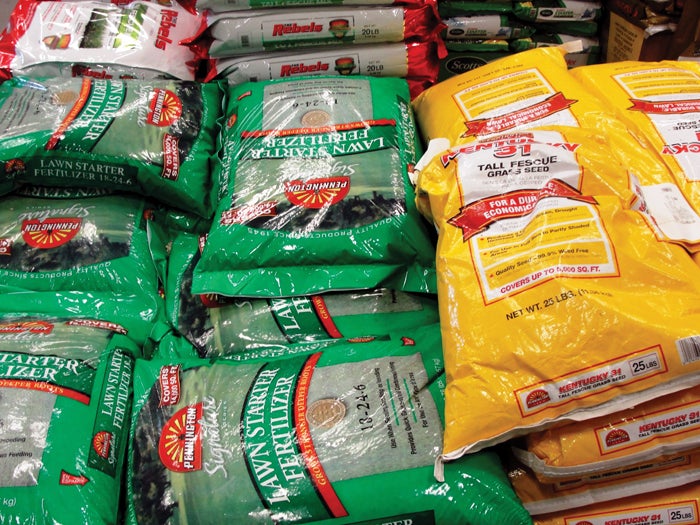Darrell Blackwelder column: Time to start thinking about spring fertilization
Published 12:00 am Saturday, February 19, 2022

- Fertilizer and seed
It’s time to consider spring fertilization of established cool-season fescue lawns. Properly fertilized and maintained turf helps withstand summer droughts, diseases and other pest problems. Turf specialists recommend fertilizer applications in the fall and early spring for cool-season fescue.
Slow-release turf-type fertilizers usually contain a mixture of coated nitrogen and other elements that release nutrients slowly over time. Temperature and weather trigger the release of these nutrients. These types of fertilizers are very popular because of the even, slow release produces green turf with minimal growth. Rapid growth is generated by grade or common fertilizers especially in the spring. Slow-release fertilizer produces short, even turf growth during the fall and spring.
Another important reason to consider slow-release turf type fertilizers is their formulation as they are pre-measured for 5,000- and 10,000-square-foot areas. Turf-type fertilizers generally contain complete micro nutrients or trace elements. These trace elements may make a difference in growth and development of a lawn. Even fertilizer application is very important for a consistently green lawn. Below are a few tips to help with your application.
- Carefully measure to be sure of the proper fertilizer amounts.
- Start walking before opening the fertilizer hopper.
- Keep a consistent walking speed while applying the fertilizer.
- Hold the release handle at a constant level.
- Use a consistent cranking speed if using a hand spreader.
- Refill the hopper when it drops to about 25% full. Don’t wait until it is entirely empty.
- Avoid applying on windy days.
Darrell Blackwelder is the retired horticulture agent and director with the North Carolina Cooperative Extension Service in Rowan County. Contact him at deblackw@ncsu.edu.


